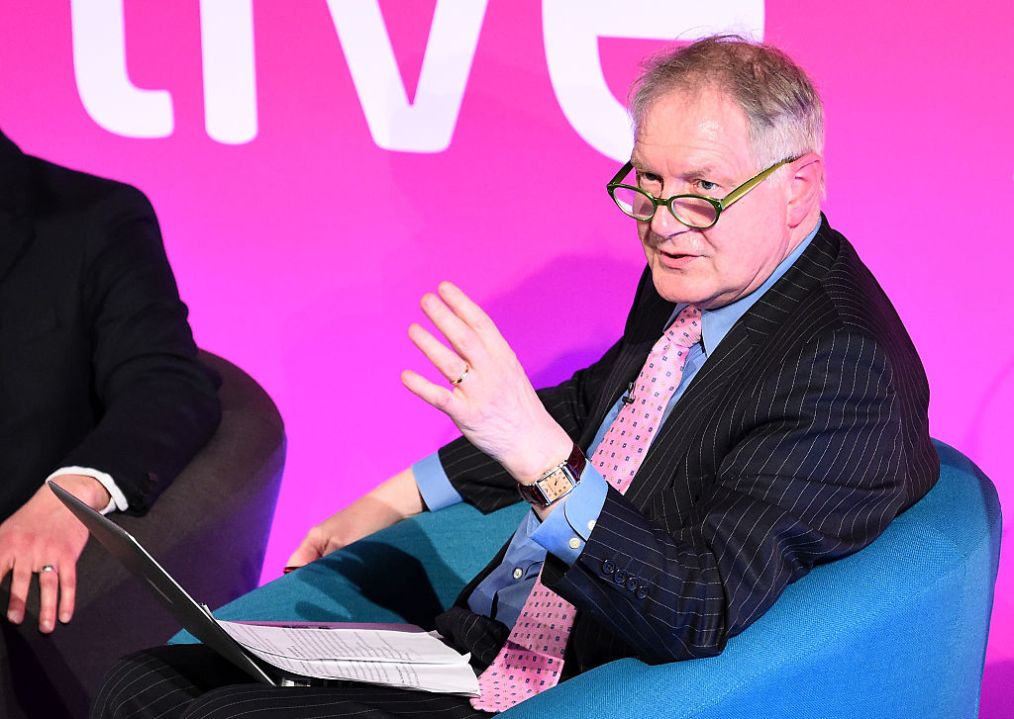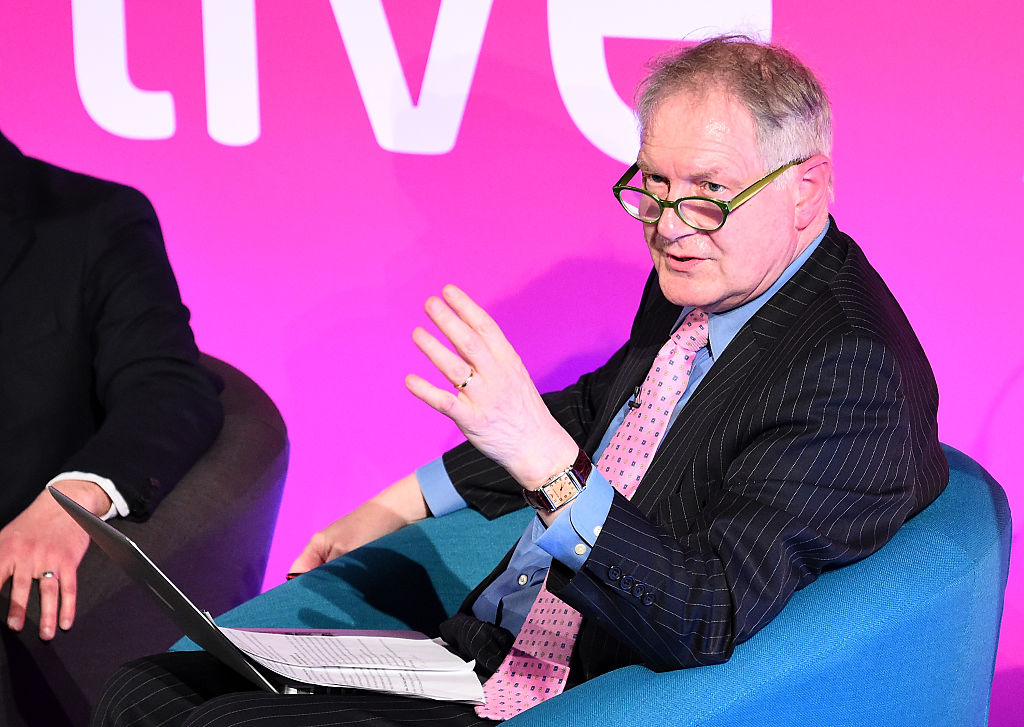What qualifies Roy Greenslade to lecture students on media ethics? It certainly doesn’t appear to be his own attitude towards telling the truth. When he taught me at City, Greenslade liked to hold forth on the vices of the tabloid press. He was quieter on his own red top past, neglecting to often mention his rise to the top of the ranks at the Sun and the Daily Mirror. Nor, too, did he talk much about allegedly having a hand in faking a spot the ball competition.
It is now clear there was something else Greenslade was eager not to talk about during his long career in journalism: his secret support of the IRA.
For years, Greenslade kept quiet. To be fair to him, he is no longer reticent about his reasons for doing so: he had a mortgage to pay. ‘Better, then,’ he says, ‘to button my lip and carry on’.
But this admission – which comes after years of mutterings about Greenslade’s political leanings – is too little, too late. His article, which appeared in yesterday’s Sunday Times, is a shameless attempt to defend an organisation which killed innocent men, women and children.
Greenslade’s defence is a masterpiece in euphemism
Greenslade’s defence is a masterpiece in euphemism. ‘Too many people were to die before the British responded positively to the IRA’s overtures,’ he writes. ‘Overtures’ is a curiously soft way to describe what the IRA did.
Elsewhere, Greenslade talks of ‘physical force’. Does this include murder? Bombings? Shootings? The forced disappearance of those who found themselves on the wrong side of the conflict? And what tactics is Greenslade referring to when he says he agreed with ‘the right of the Irish people to engage in armed struggle’?
Greenslade dedicates plenty of space to the misgivings of the British army and the Thatcher government. He also directly blames Thatcher for ‘prolonging’ the Troubles. And he criticises the ‘deliberate failure by the authorities to act quickly enough in response to phone calls warning of bomb placements’. But what about those who planted the bombs in the first place?
Throughout Greenslade’s article, there is less room for reflection on the evils done in the name of republicanism. Perhaps the most revealing part of his justification is a passage where he says he ‘began to doubt its (the IRA’s) bombing tactics’. ‘Those concerns increased later that year when 21 people were killed by bombs placed in two Birmingham pubs,’ he writes. It’s hard to think what would have changed Greenslade’s view if the murder of 21 people failed to do so.
For Greenslade, this was a war which raged at arm’s length. When he was working in England, he was – unlike those across the Irish sea – safe from the clutches of the IRA. Others – like Jean McConville, the widowed mother of ten snatched from her home and murdered by the IRA before being dumped in a bog – were not so fortunate.
Greenslade justifies the tactics used by the IRA because he says he ‘came to accept that the fight between the forces of the state and a group of insurgents was unequal and therefore could not be fought on conventional terms’. But just because two sides aren’t evenly matched, why should that justify resorting to actions which resulted in the death of innocent people? We aren’t told.
We do learn that there were ‘painful moments’ during Greenslade’s journalism career. These included the 1983 bombing of Harrods in which six people were killed. One of those who died was a Daily Express reporter Philip Geddes. And yet while Greenslade had friends who knew Geddes, his death did little to shake his view of what the IRA was up to. Why? Because Greenslade says ‘I knew people who had been killed by the security forces in Belfast and Derry too, also fine young men’. Perhaps when Greenslade next lectures on ethics, his students should ask him whether he believes two wrongs make a right.
In Greenslade’s articles for the republican paper, An Phoblacht, he accused the British state of dragging its heels on the path to peace. For this Guardian media columnist, the ending of the Troubles takes the form of a one-sided narrative. The IRA wanted peace and it took the British longer to want the same thing. Yet if the IRA’s use of ‘physical force’ was OK, why does Greenslade think the same use of ‘physical force’ used by the British was unacceptable? Again, we aren’t told.
Anyway, Greenslade tells us, ‘we are beyond war now’. And it seems we owe Greenslade some measure of gratitude for his contribution to that: ‘I wanted peace and played a very minor role as messenger at a crucial moment during the process itself,’ he writes.
Thousands of people died during the Troubles. They left behind young children, who grew up never knowing mothers and fathers taken away by acts of evil carried out by those on both sides. Others never even had the small comfort of being able to bury loved ones because the IRA never told their families where their bodies were hidden.
There were many bad actors in this conflict. Greenslade was not directly involved in what happened, yet his support for the IRA – and his silence about it – should mean his students take little notice of what he tells them about the rights and wrongs of media ethics.
‘February 7, 1972 was the first day of my long silence’, Greenslade writes of the day he decided to conceal his true views on the Troubles. On this same day in 1978, the IRA murdered John Bell Eaglesham, a married father of four and postman, shot on his morning run. It was on that day, too, in 1976, that the IRA killed 21-year-old Rachel McLernon in a provisional IRA boobytrap. Her 16-year-old brother Robert died in the explosion.
Perhaps Greenslade should reflect on these innocent victims of the IRA when he next considers justifying their use of ‘physical force’.








Comments